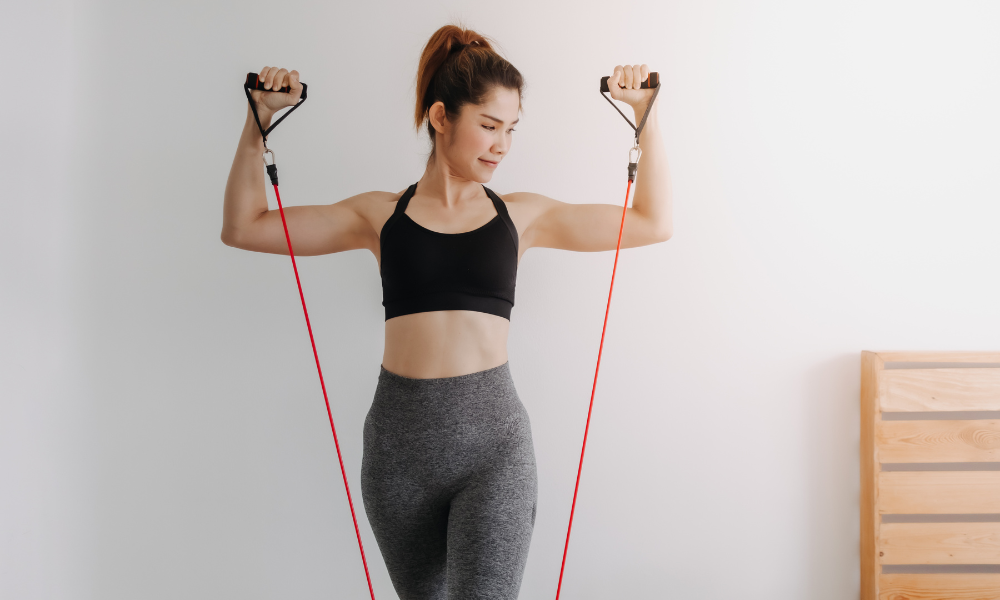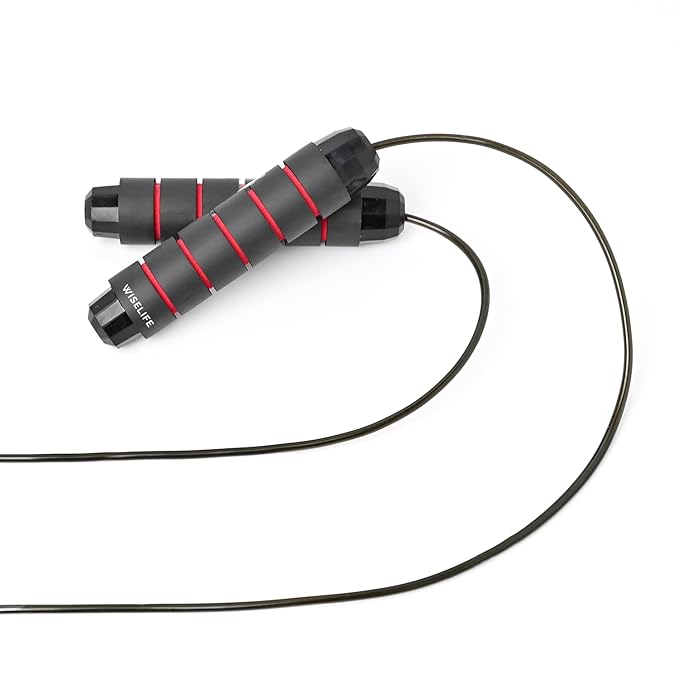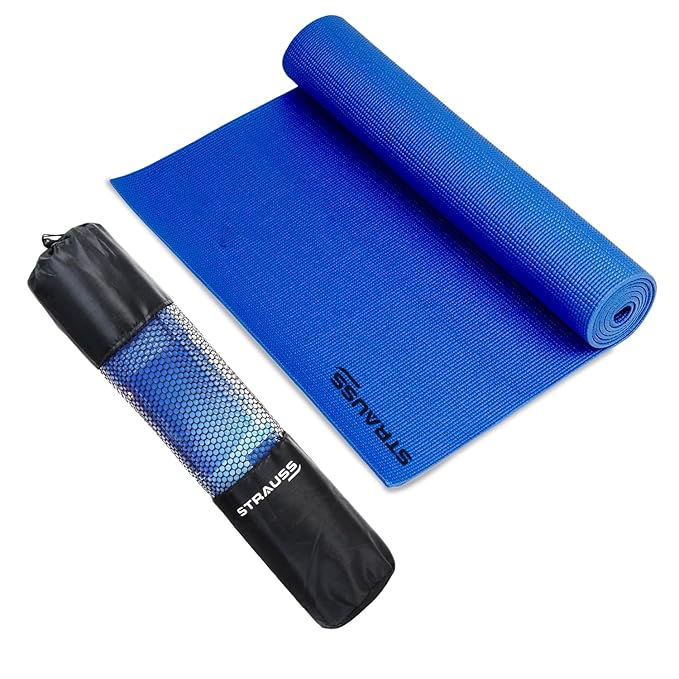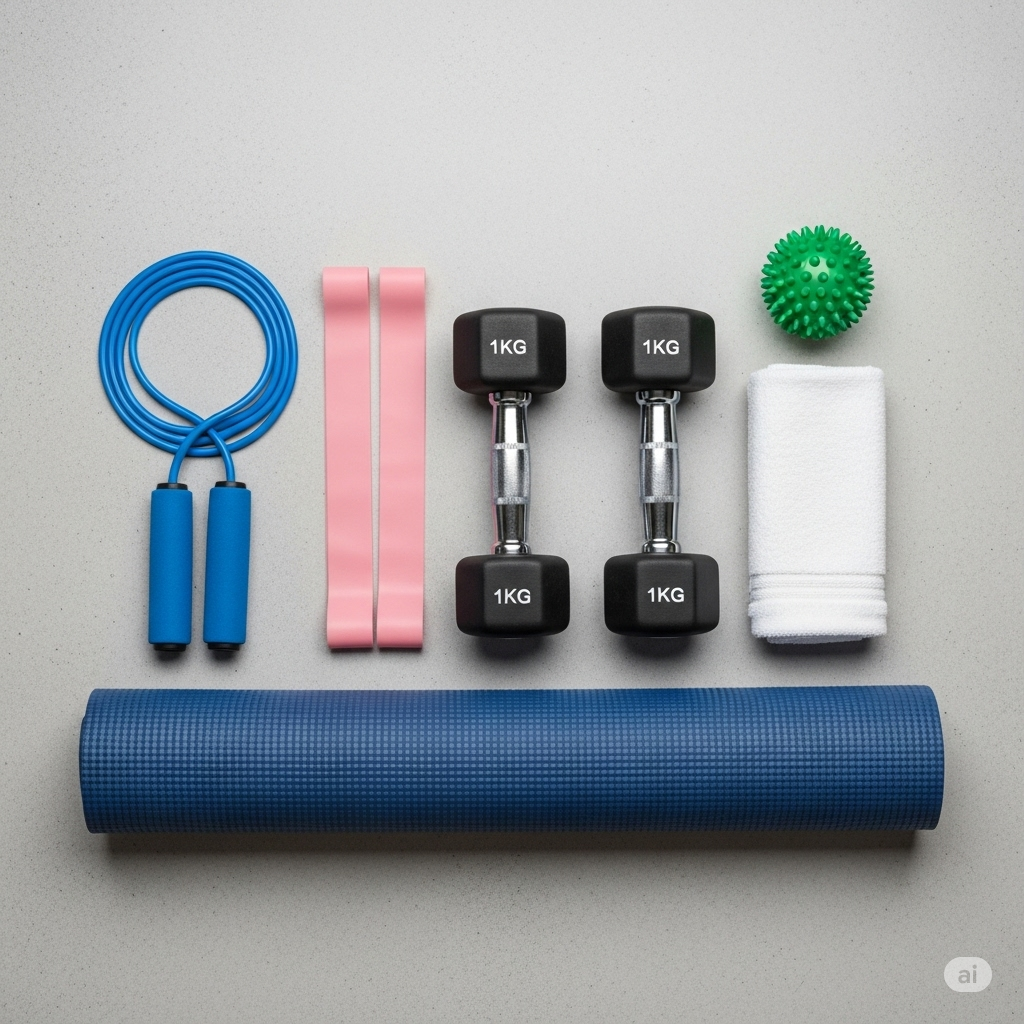How to Stay Fit Without a Gym Membership
For many people, the idea of staying fit often feels tied to paying for a gym membership. While gyms do provide structured environments, advanced equipment, and professional trainers, they are not the only path to achieving good health and fitness. In fact, you can stay in shape, improve your strength, and maintain a healthy lifestyle without ever stepping inside a gym. All it takes is the right mindset, a consistent routine, and some creativity.
This blog will walk you through practical, budget-friendly, and effective strategies to stay fit without relying on a gym.
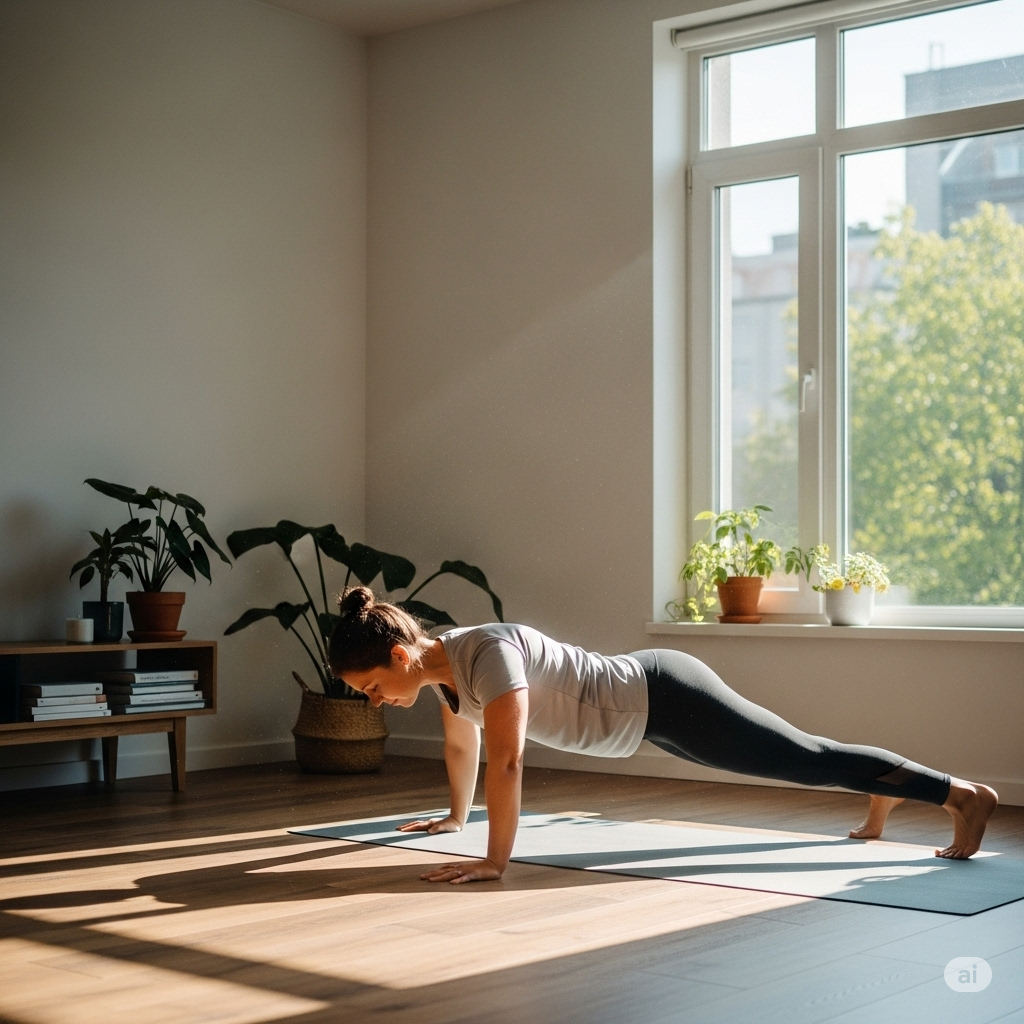
1. Shift Your Mindset: Fitness Is a Lifestyle, not a Location
The first step in staying fit without a gym is to understand that fitness is about habits, not where you practice them. Exercise can happen anywhere—your living room, backyard, park, or even while commuting. When you focus on movement instead of a place, staying active becomes more natural and less dependent on external factors.
A positive mindset will help you stay consistent, which is more important than any single workout session.
2. Use Bodyweight Exercises at Home
You don’t need machines or heavy weights to get stronger. Your bodyweight is an excellent tool for resistance training. Exercises like push-ups, squats, lunges, planks, and burpees can give you a full-body workout.
Sample No-Equipment Routine:
- Push-ups – 3 sets of 10–15 reps
- Squats – 3 sets of 20 reps
- Lunges – 3 sets of 12 reps per leg
- Plank Hold – 3 sets of 30–60 seconds
- Burpees – 3 sets of 10 reps
This circuit requires no equipment, takes less than 30 minutes, and engages multiple muscle groups.
If you want to make your bodyweight workouts more challenging, try these resistance bands. They’re budget-friendly and perfect for home use.
3. Take Advantage of Outdoor Activities
Outdoor spaces can be your best fitness partner. Parks, beaches, hiking trails, and even your neighborhood streets can help you get moving. Some activities you can explore:
- Running or Jogging: A simple way to improve cardiovascular health.
- Cycling: Great for leg strength and stamina.
- Hiking: Combines cardio, strength, and nature’s stress-relieving benefits.
- Skipping Rope: A high-intensity cardio workout with minimal equipment.
- Sports: Playing football, basketball, or badminton with friends keeps exercise fun.
Outdoor workouts add variety and boost mental health by reducing stress and improving mood.
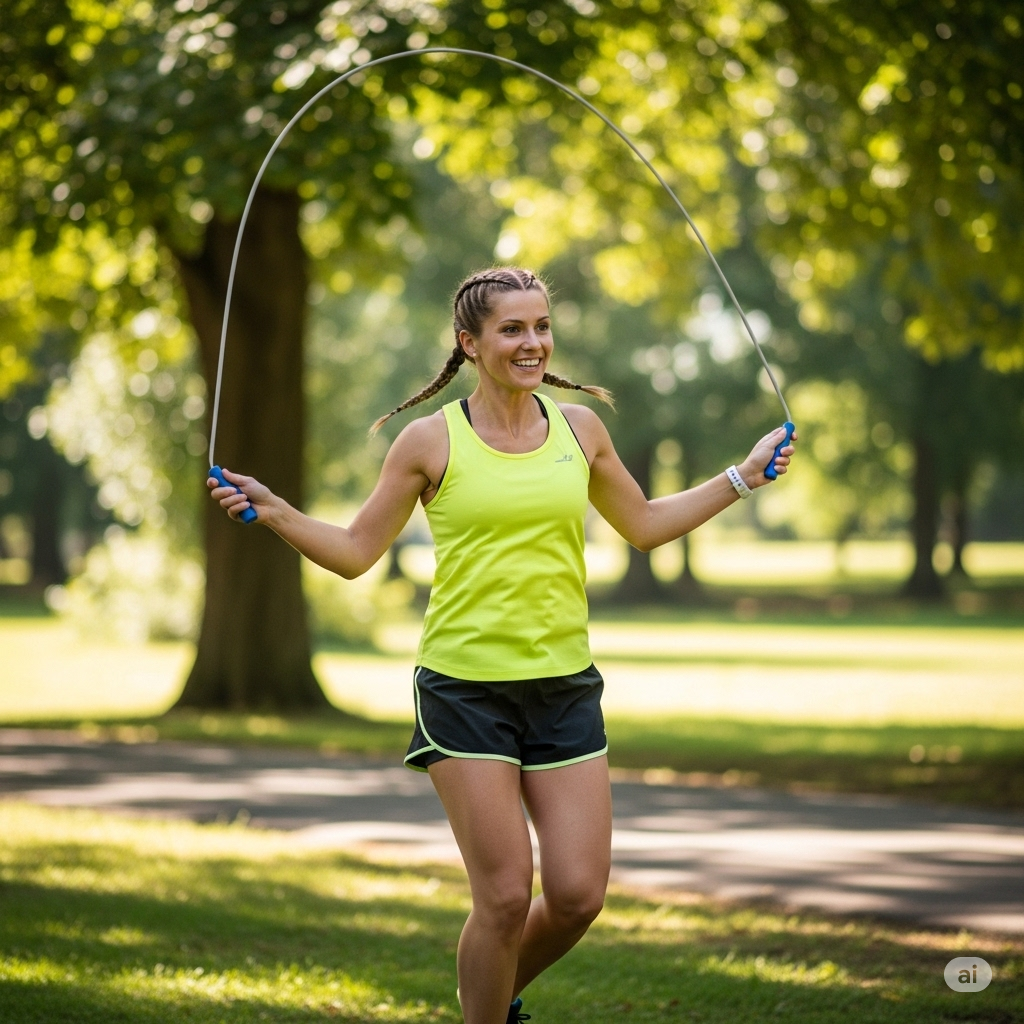
4. Try Online Fitness Classes
Technology has made fitness accessible at home. YouTube, fitness apps, and subscription platforms provide free or affordable workout classes. Whether you prefer yoga, dance, HIIT (High-Intensity Interval Training), or pilates, you can follow expert trainers virtually.
Many people find it easier to stay consistent with guided classes because they provide structure and motivation.
5. Turn Household Chores into Workouts
Believe it or not, chores like cleaning, gardening, or rearranging furniture can burn a surprising number of calories. Instead of seeing them as boring tasks, think of them as mini workouts. For example:
- Sweeping and mopping improves mobility and core strength.
- Carrying groceries works your arms and shoulders.
- Gardening strengthens legs and improves flexibility.
- Choosing the stairs over the elevator increases cardiovascular endurance.
It all comes down to incorporating activity into your everyday schedule.
One of the simplest but most effective tools for outdoor cardio is a jump rope like this one. It’s portable and burns tons of calories quickly.
6. Focus on Nutrition and Hydration
Staying fit is not just about exercise—nutrition plays an equally important role. You can work out every day, but without proper food choices, results may remain limited.
Key Nutrition Tips:
- Eat well-balanced meals that include fruits, vegetables, whole grains, and lean protein.
- Steer clear of sugar-filled beverages, processed meals, and too much junk food.
- Stay hydrated—water supports energy, digestion, and muscle recovery.
- Practice portion control to avoid overeating.
Remember, weight management is 70% diet and 30% exercise.
7. Practice Yoga and Stretching
Yoga is one of the most effective ways to improve flexibility, balance, and mental health. It doesn’t require a gym or heavy equipment—just a yoga mat. Incorporating even 20 minutes of yoga daily can relieve stress, improve posture, and build functional strength.
Simple stretches like touching your toes, shoulder rolls, and back bends can prevent stiffness, especially if you sit for long hours.
To get started, a high-quality yoga mat is all you need. I recommend this yoga mat on Amazon
8. Build Healthy Habits into Your Day
Fitness doesn’t have to be limited to dedicated workout times. By building small habits into your daily routine, you can stay active naturally. For example:
- Walk or cycle instead of driving short distances.
- If you work at a desk, take a moment each hour to stand and stretch.
- Perform calf lifts or squats while you brush your teeth.
- Take phone calls while walking instead of sitting.
- Aim for at least 8,000–10,000 steps daily.
These micro-movements add up over time and keep your body active.
9. Stay Consistent with a Schedule
Without the structure of a gym, it’s easy to lose motivation. That’s why creating a schedule is crucial. Decide what time of day you’ll work out and treat it like an appointment.
Whether it’s 20 minutes in the morning or 40 minutes in the evening, consistency matters more than duration. As your fitness level increases, progressively up the intensity from a low starting point.
10. Find Accountability and Motivation
One challenge of not having a gym is the lack of a fitness community. To stay motivated:
- Ask a friend or family member to be your workout partner.
- Join online fitness groups where members share progress.
- Utilize a fitness app or notebook to keep track of your workouts.
- Celebrate small wins like completing a week of workouts or losing a kilo.
Accountability keeps you disciplined and makes fitness fun.
11. Invest in Small, Affordable Equipment
While you don’t need expensive machines, small tools can make home workouts more effective. Consider:
- Resistance bands
- Dumbbells or kettlebells
- Jump rope
- Yoga mat
- Pull-up bar
These items are affordable, don’t take much space, and can add variety to your routine.
12. Pay Attention to Sleep and Recovery
Fitness is incomplete without proper rest. Sleep helps repair muscles, balance hormones, and improve energy. Aim for 7–9 hours of quality sleep daily. Recovery days are also essential to prevent burnout and injuries.
Staying fit without a gym membership is completely possible—and often more enjoyable. By combining home workouts, outdoor activities, healthy eating, and lifestyle changes, you can build a strong and active body without spending money on gym fees.
